Are you ready to revolutionize the way you train your furry friend? Clicker dog training is an incredibly effective and enjoyable method that can strengthen the bond between you and your pet while teaching them new skills. In this definitive guide, we’ll cover everything you need to know about clicker training, from understanding the science behind it to mastering advanced techniques. Get ready to embark on a fun and rewarding journey with your pup!
Key Takeaways
Clicker dog training is a powerful tool that uses rewards & feedback to reinforce desired behaviors.
Get ready for successful clicker training with the right equipment and environment.
Strengthen your bond with your pup by introducing them to advanced techniques and troubleshooting common challenges!
Understanding Clicker Dog Training

Clicker dog training, also known as clicker train, is a powerful positive reinforcement method that uses a clicker device to mark desired behaviors, providing instant feedback and rewards for dogs. To clicker train your dog, start by using a small, handheld plastic device that emits a distinct clicking sound when pressed. The key to successful clicker training is clicking at the exact moment your dog performs the desired behavior, such as:
sitting
staying
coming when called
walking on a loose leash
lying down
rolling over
This allows your dog to associate the click with the good behavior, making it easier for them to learn new commands and tricks effectively.
Maintaining a steady rhythm in clicker training is vital. By rewarding desired actions whenever they happen, your dog’s progress accelerates. Once your dog understands the purpose of the clicker, they’ll become more focused and enthusiastic during training sessions.
With practice, the clicker itself will become a conditioned reinforcer, allowing you to reward your pup with positive reinforcement training without relying on food treats or toys every time.
The Science Behind Clicker Training
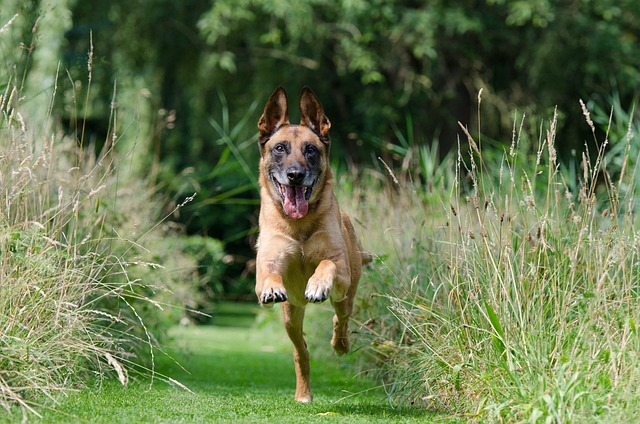
At its core, clicker training is based on the concept of operant conditioning. This scientific term explains how animals learn and understand consequences from their behavior. This approach involves reinforcing desired behaviors with rewards (such as treats or praise) and eliminating undesired behaviors through consistent feedback. The clicker serves as a powerful communication tool, letting your dog know that when they perform a specific behavior correctly, they will receive a reward. Marker words, like “yes” or “good,” can also be used to achieve similar results.
Over time, your dog will begin to understand that the click itself is the reward, allowing you to gradually reduce the frequency of treats and rely more on verbal praise or petting. This helps maintain your dog’s interest and motivation throughout the training process while reinforcing good behaviors in a variety of situations.
Preparing for Clicker Training
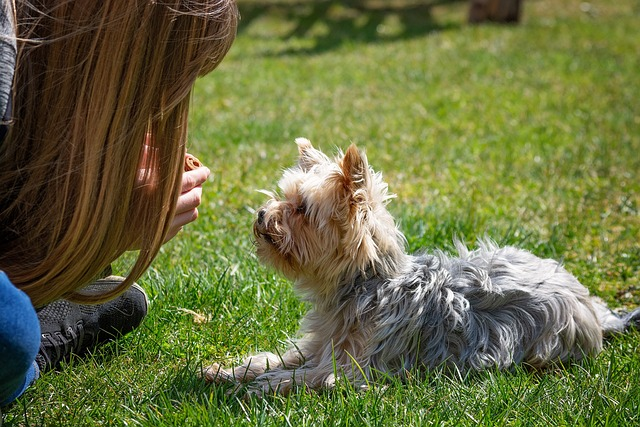
Before you start clicker training, ensure you’re prepared with the right clicker, suitable treats, and an optimal training environment.
We will detail these elements in the subsequent sections to aid you and your pup in making a successful start.
Choosing a Clicker
When selecting a clicker, consider factors such as the sound it produces, its portability, and your personal preference. The clicker should emit a sound loud enough to grab your pup’s attention in noisy areas but not too loud if your pup is sensitive to loud noises or if you plan on conducting training sessions indoors. Popular clicker options include the Karen Pryor Clicker Training i-Click Original Clicker, EcoCity Dog Training Clicker, PetSafe Clik-R, and DIYife Dog Training Clicker.
Practice using the clicker before you begin training to ensure you can comfortably click it at the exact moment your dog performs the desired behavior. This will help your dog understand which behavior is being reinforced and make the training process smoother and more enjoyable for both of you.
Selecting Treats
The type of treats you choose for clicker training can significantly impact your dog’s motivation and engagement during training sessions. Some ideal options include:
Soft, bite-sized treats that are easy to handle and won’t make a mess
Low-calorie options such as Zuke’s Mini Naturals
Pupford Freeze-Dried Training Sweet Potato Treats
Bacon-flavored dog training treats
It’s important to have a variety of treats available to discover what works best for your pup. By experimenting with different treats, you’ll find the perfect combination that keeps your dog eager to learn and focused on the task at hand.
Setting up the Training Environment
Establishing a perfect training setting plays a significant role in successful clicker training. Start by selecting a quiet, distraction-free area where you and your dog can comfortably practice new behaviors. Ensure you have the necessary equipment, such as a comfortable clicker, appropriate treats, a treat pouch, a dog collar or harness, and a dog leash.
As your dog becomes more proficient in clicker training, gradually introduce controlled distractions to help them learn to focus and respond to commands despite external stimuli. Remember, patience and consistency are key to achieving success in clicker training.
Introducing Your Dog to the Clicker
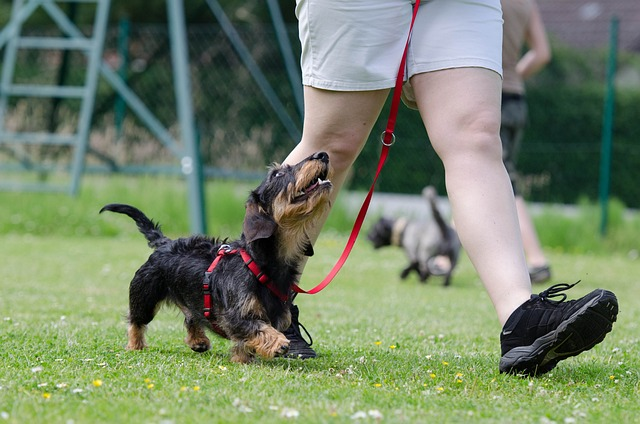
To commence clicker training, follow these steps:
Familiarize your dog with the clicker by linking the sound it makes with a reward. Press down on the clicker once and watch your dog’s reaction.
When your pup turns to you at the sound of the click, reward them with a treat right away.
Repeat this process several times until your dog associates the click with receiving a reward.
Once your dog understands the connection between the clicker and the treat, you can begin using the clicker to mark and reward desired behaviors. Here’s how:
Click at the exact moment your dog performs the behavior.
Follow the click with a treat and praise.
Repeat this process consistently to help your dog grasp the connection and learn more quickly.
Teaching Basic Commands with Clicker Training
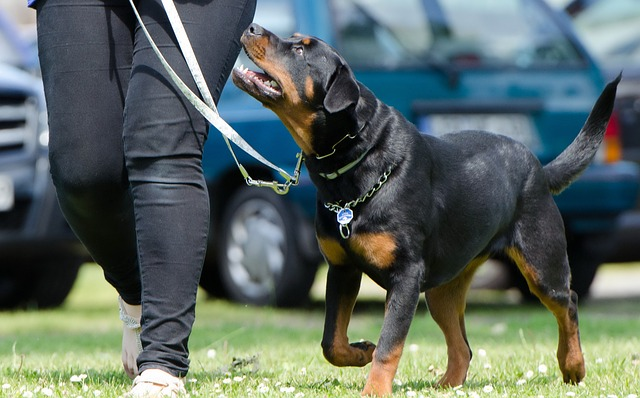
With your dog now acquainted with the clicker as a marker word, you can begin imparting dog basic commands such as dog sits, stay, down, and come.
In the following sections, we’ll walk you through the process of teaching each of these commands using clicker training techniques during a training session.
Sit Command
Teaching your dog the sit command is fairly simple with clicker training. Here’s how:
Start by holding a treat above your dog’s nose, causing their nose to go up and their belly to go down.
As soon as your pet sits, click the clicker to signify that moment and reward them with a treat. Make sure their butt has actually touched the ground!
Repeat this process several times, clicking the clicker and praising your dog each time they sit.
Gradually transition to relying more on the clicker and praise as rewards, while still occasionally treating your dog for sitting. Also, practice the sit command in different settings and gradually increase distractions to reinforce the behavior and ensure your dog can perform it reliably in various situations.
Stay Command
To teach the stay command using clicker training, follow these steps:
Begin with your dog in a sitting position.
Say “Stay” and mark the desired behavior with the clicker.
If your dog remains in the sitting position, reward them with a treat.
If your dog gets up, guide them back into the sitting position and repeat the command.
Continue clicking and treating as long as your dog maintains the sitting position.
Gradually increase the duration of the stay before clicking and treating. As your dog becomes more proficient in maintaining the stay position, practice in different environments and add distractions to strengthen the stay command.
Down Command
To teach the down command using clicker training, follow these steps:
Start by clicking when your dog lies down and rewarding them with a treat and praise.
Keep clicking and rewarding as long as they remain in the down position.
Repeat this process several times to reinforce the behavior, gradually fading out the treat and relying more on verbal praise and the clicker as the reward.
As your dog becomes more proficient in the down command, challenge them by practicing in different settings and gradually increasing distractions. This will help ensure your dog can perform the down command reliably in various situations.
Come Command
The come command is crucial for ensuring your dog’s safety and responsiveness. To teach the come command using clicker training, follow these steps:
Call your dog’s name and say “Come”.
As your dog comes toward you, click the clicker to mark their progress.
Continue clicking until they reach you.
Reward your dog with lots of praise and a treat when they make it all the way back to you.
Practice the come command in various environments to help your dog learn to respond reliably, regardless of distractions. Be sure to reward your dog intermittently during training to keep them motivated and engaged.
Advanced Clicker Training Techniques

As your dog masters the basics of clicker training, you can start experimenting with advanced techniques, which include teaching intricate behaviors, integrating hand signals, and practicing off-leash control. These advanced techniques can help your dog become even more responsive and well-rounded in their training, providing them with additional mental stimulation and enhancing their overall quality of life.
Keep in mind, regular practice and uniform approach are invaluable in imparting advanced clicker training techniques. By gradually introducing new challenges and reinforcing good behaviors, you’ll help your dog reach their full potential and enjoy a stronger bond with you.
Troubleshooting Common Clicker Training Challenges
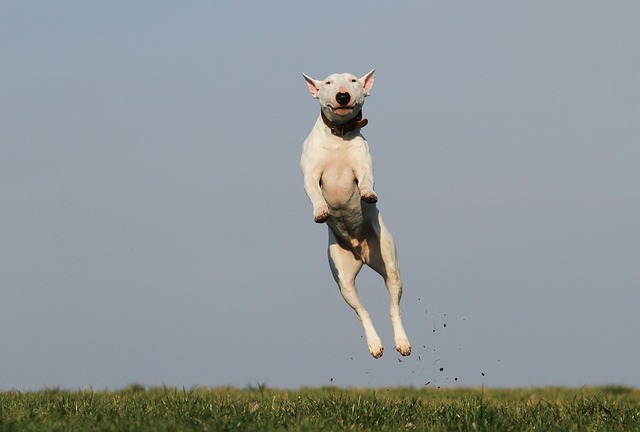
Despite its manifold advantages, clicker training may pose some challenges. We’ll tackle common problems like inconsistent clicking, phasing out treats, and managing distractions in the subsequent sections.
With a bit of patience and perseverance, you can overcome these obstacles and help your dog become a pro in clicker training and training dogs.
Inconsistent Clicking
Inconsistent clicking can hinder the effectiveness of clicker training by confusing your dog about which behavior is being reinforced. To address this issue, practice your timing and ensure you click at the exact moment your dog performs the desired behavior. This will give your dog clear and immediate feedback, helping them progress more quickly in their training.
If you’re struggling with consistent clicking, try exercises such as Control Impulses and Click for Eye Contact to help sharpen your clicker training skills. By improving your timing and consistency, you’ll set your dog up for success in their clicker training journey.
Fading Out Treats
Although treats are vital in clicker training, you must slowly decrease their usage to prevent over-dependence. Start by rewarding your dog intermittently, sometimes giving a treat after the click and other times not. As your dog becomes more proficient in the desired behavior, continue to decrease the number of treats given per behavior, while still occasionally rewarding with treats.
As you phase out treats, remember to continue providing verbal praise and other forms of positive reinforcement, such as petting or playtime, to maintain your dog’s motivation and engagement. By gradually reducing treat frequency and replacing them with other rewards, you’ll help your dog continue to respond positively to the clicker even without treats.
Dealing with Distractions
Distractions can pose a significant challenge during clicker training, making it difficult for your dog to focus and respond to commands. To help your dog overcome distractions, start by introducing them gradually during training sessions. Begin with mild distractions, such as toys or treats, and slowly increase the level of distraction as your dog becomes more proficient in responding to the clicker.
As your dog learns to focus despite distractions, practice clicker training in various environments and situations to reinforce their ability to respond to commands in different settings. With patience and persistence, your dog will learn to remain focused on the task at hand, even when faced with distractions.
Summary
Clicker dog training is an incredibly effective and enjoyable way to teach your furry friend new skills and strengthen your bond. By understanding the science behind clicker training, preparing adequately, and mastering basic and advanced techniques, you can transform your dog into a well-behaved and responsive companion. Embrace the power of clicker training and embark on a rewarding journey with your beloved pup.
Frequently Asked Questions
Is a clicker good for dog training?
Clicker training is a proven reward-based method of behavior conditioning that communicates precise, real-time instructions to the dog and rewards them for correct behavior. A clicker can help you better communicate with your dog and provides mental stimulation, which makes it an effective tool for positive reinforcement training.
What are the drawbacks of clicker training?
Clicker training has some drawbacks, such as difficulty engaging dogs with low food or toys and needing a lot of knowledge, practice, coordination, and precise timing for more advanced tricks. Therefore, it can be challenging to get the desired results.
What age should you start clicker training?
Start clicker training your puppy as soon as you bring them home at four to six weeks old! The clicker will be an important tool to reinforce their learning and help them learn new behaviours quickly.
How do you train a dog to stand with a clicker?
To train your dog with a clicker, you need to first “load” the clicker by pairing it with a reward. Then give the verbal command “stand” while slowly pulling the treat straight out of its nose, and the moment your dog stands up, click the mouse or use another marker and give them the treat. This positive reinforcement with rewards will help your dog understand the sound marker and build a positive association with it.
How long does it take for a dog to learn basic commands using clicker training?
You can master basic commands with your pup in no time – just 10-20 reps using clicker training and you’re all set!
